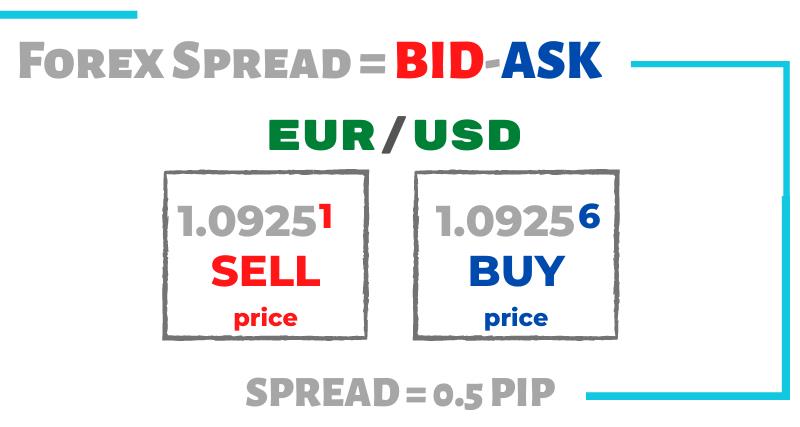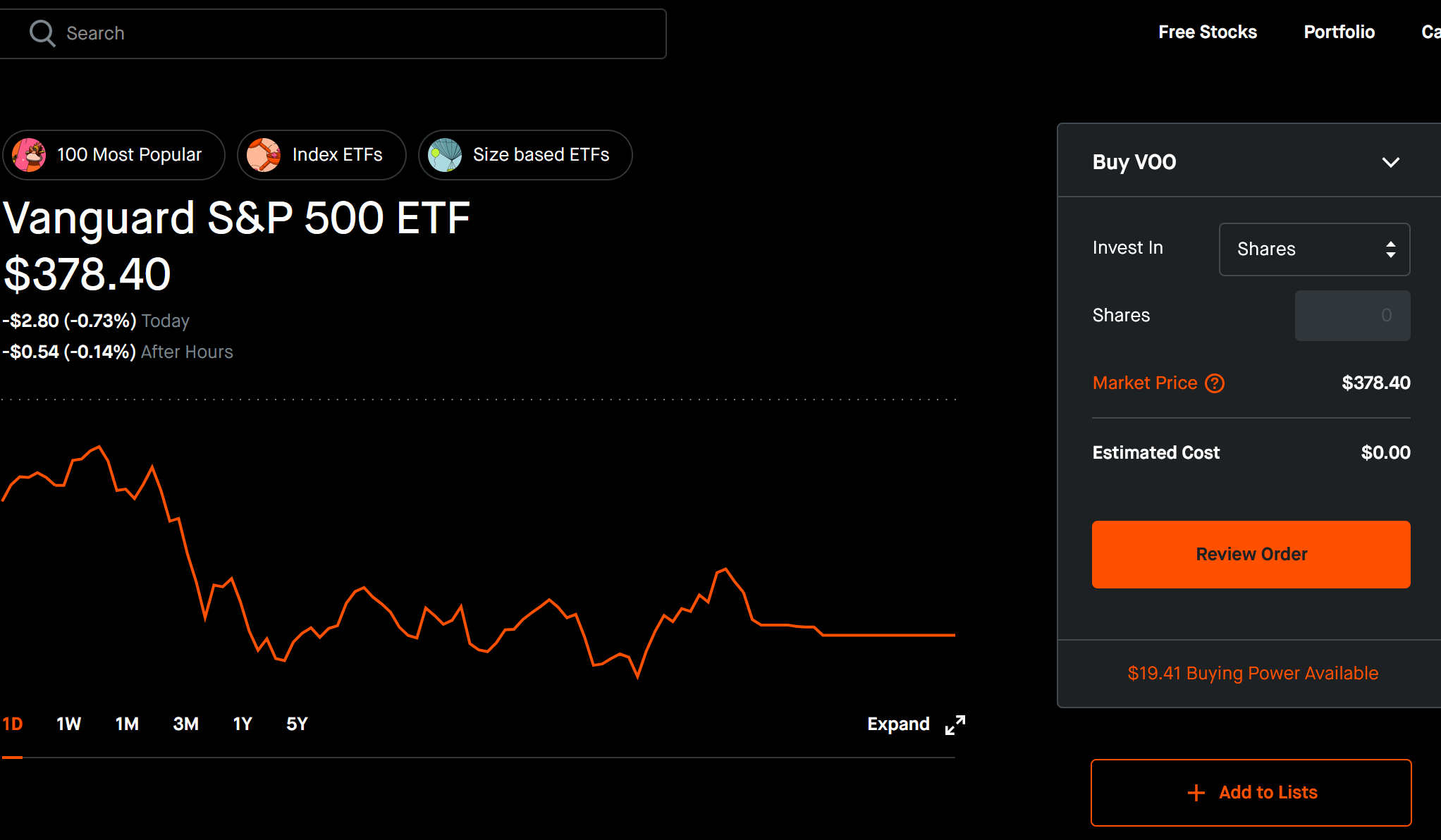
Beginners might find it difficult to grasp the concepts and terminology involved in forex trading. Start by signing up for a demo and watching Rayner Teo's YouTube videos. Then, you can begin to learn about the basics of leverage and how to use a trading platform. This article will cover how to register for a demo and the basics about leverage.
Signing up for a demo account
The reason why you should sign up for a demo account when trading forex is for two main reasons. First, you want to be able to practice managing your money and making virtual profits before you start trading on a live account. Before you invest real money, it is important to test any new trading strategies. This is because both new and experienced traders will need them. Demo accounts are an excellent way to learn the system and identify any trading obstacles.

Rayner Teo's YouTube channel provides information and inspiration
The best way to start learning about the Forex market is to learn the terms and indicators. You can also visit Investopedia to learn more about trading. These websites have videos that explain trading concepts. Follow a Forex trader on YouTube to learn more about forex.
Utilizing a trading platform
There are many factors that you should consider when choosing a trading platform. A trading terminal is very important because it allows you to set automatic stop limits and guaranteed stop losses. Some platforms offer a trailing stop that automatically adjusts your stop limit based on price fluctuations. This protects you and locks in your profits, while minimizing your losses. You can trade more effectively with an advanced indicator such as a "renko chart".
Leverage
Forex traders can use high levels of leverage to increase their profit potential. Leverage can vary from one to five hundredx your initial capital. Forex brokers are often able to offer commission-free forex trading. But, if your goal is to trade in currency options, it's important to know about the applicable commission. Leverage for futures trading generally is lower than forex. Leverage in forex trading can be expressed as a percentage or the total transaction value.
Points in Percentage
There are two basic units of measurement in foreign exchange trading - Points in Percentage in point. Points are the smallest increment to change in currency prices and can be represented as 0.0001 point. In most currency pair, this would be one-tenth of an point. In this case, the currency pair you trade in would be worth one hundred points. The difference between a Canadian Dollar and a US Dollar is 1 point per cent, or 0.0001.

Currency pairs
To trade one currency with another, you can use currency pairs. The price for one currency pair is calculated by taking the exchange rate of the base currency and converting it into the amount of the quoted currency. One pip will be transferred for every $1.12925 change in EUR/USD. Technically, any currency can be traded, however, your Forex broker will limit you to only trading currencies that are available.
FAQ
What is the difference between non-marketable and marketable securities?
The principal differences are that nonmarketable securities have lower liquidity, lower trading volume, and higher transaction cost. Marketable securities, on the other hand, are traded on exchanges and therefore have greater liquidity and trading volume. These securities offer better price discovery as they can be traded at all times. But, this is not the only exception. Some mutual funds, for example, are restricted to institutional investors only and cannot trade on the public markets.
Non-marketable security tend to be more risky then marketable. They generally have lower yields, and require greater initial capital deposits. Marketable securities are usually safer and more manageable than non-marketable securities.
A bond issued by large corporations has a higher likelihood of being repaid than one issued by small businesses. The reason is that the former will likely have a strong financial position, while the latter may not.
Because they can make higher portfolio returns, investment companies prefer to hold marketable securities.
What is the difference between a broker and a financial advisor?
Brokers are specialists in the sale and purchase of stocks and other securities for individuals and companies. They take care all of the paperwork.
Financial advisors are experts in the field of personal finances. They are experts in helping clients plan for retirement, prepare and meet financial goals.
Financial advisors may be employed by banks, insurance companies, or other institutions. They could also work for an independent fee-only professional.
It is a good idea to take courses in marketing, accounting and finance if your goal is to make a career out of the financial services industry. Also, you'll need to learn about different types of investments.
How can people lose money in the stock market?
The stock market isn't a place where you can make money by selling high and buying low. You lose money when you buy high and sell low.
The stock market is for those who are willing to take chances. They may buy stocks at lower prices than they actually are and sell them at higher levels.
They believe they will gain from the market's volatility. They might lose everything if they don’t pay attention.
Statistics
- US resident who opens a new IBKR Pro individual or joint account receives a 0.25% rate reduction on margin loans. (nerdwallet.com)
- The S&P 500 has grown about 10.5% per year since its establishment in the 1920s. (investopedia.com)
- Individuals with very limited financial experience are either terrified by horror stories of average investors losing 50% of their portfolio value or are beguiled by "hot tips" that bear the promise of huge rewards but seldom pay off. (investopedia.com)
- "If all of your money's in one stock, you could potentially lose 50% of it overnight," Moore says. (nerdwallet.com)
External Links
How To
How to open an account for trading
The first step is to open a brokerage account. There are many brokers that provide different services. Some charge fees while others do not. Etrade, TD Ameritrade and Schwab are the most popular brokerages. Scottrade, Interactive Brokers, and Fidelity are also very popular.
Once you've opened your account, you need to decide which type of account you want to open. These are the options you should choose:
-
Individual Retirement Accounts, IRAs
-
Roth Individual Retirement Accounts
-
401(k)s
-
403(b)s
-
SIMPLE IRAs
-
SEP IRAs
-
SIMPLE SIMPLE401(k)s
Each option has its own benefits. IRA accounts provide tax advantages, however they are more complex than other options. Roth IRAs allow investors deductions from their taxable income. However, they can't be used to withdraw funds. SIMPLE IRAs are similar to SEP IRAs except that they can be funded with matching funds from employers. SIMPLE IRAs have a simple setup and are easy to maintain. These IRAs allow employees to make pre-tax contributions and employers can match them.
Finally, determine how much capital you would like to invest. This is called your initial deposit. You will be offered a range of deposits, depending on how much you are willing to earn. Based on your desired return, you could receive between $5,000 and $10,000. The conservative end of the range is more risky, while the riskier end is more prudent.
Once you have decided on the type account you want, it is time to decide how much you want to invest. Each broker has minimum amounts that you must invest. These minimum amounts can vary from broker to broker, so make sure you check with each one.
After you've decided the type and amount of money that you want to put into an account, you will need to find a broker. You should look at the following factors before selecting a broker:
-
Fees - Be sure to understand and be reasonable with the fees. Many brokers will try to hide fees by offering free trades or rebates. However, many brokers increase their fees after your first trade. Do not fall for any broker who promises extra fees.
-
Customer service: Look out for customer service representatives with knowledge about the product and who can answer questions quickly.
-
Security - Choose a broker that provides security features such as multi-signature technology and two-factor authentication.
-
Mobile apps - Find out if your broker offers mobile apps to allow you to view your portfolio anywhere, anytime from your smartphone.
-
Social media presence. Find out whether the broker has a strong social media presence. It may be time to move on if they don’t.
-
Technology – Does the broker use cutting edge technology? Is the trading platform intuitive? Are there any problems with the trading platform?
After you have chosen a broker, sign up for an account. Some brokers offer free trials while others require you to pay a fee. After signing up you will need confirmation of your email address. Next, you'll need to confirm your email address, phone number, and password. Finally, you will need to prove that you are who you say they are.
Once verified, your new brokerage firm will begin sending you emails. You should carefully read the emails as they contain important information regarding your account. This will include information such as which assets can be bought and sold, what types of transactions are available and the associated fees. Keep track of any promotions your broker offers. These may include contests or referral bonuses.
Next, open an online account. An online account is typically opened via a third-party site like TradeStation and Interactive Brokers. Both of these websites are great for beginners. You will need to enter your full name, address and phone number in order to open an account. Once this information is submitted, you'll receive an activation code. This code is used to log into your account and complete this process.
After opening an account, it's time to invest!